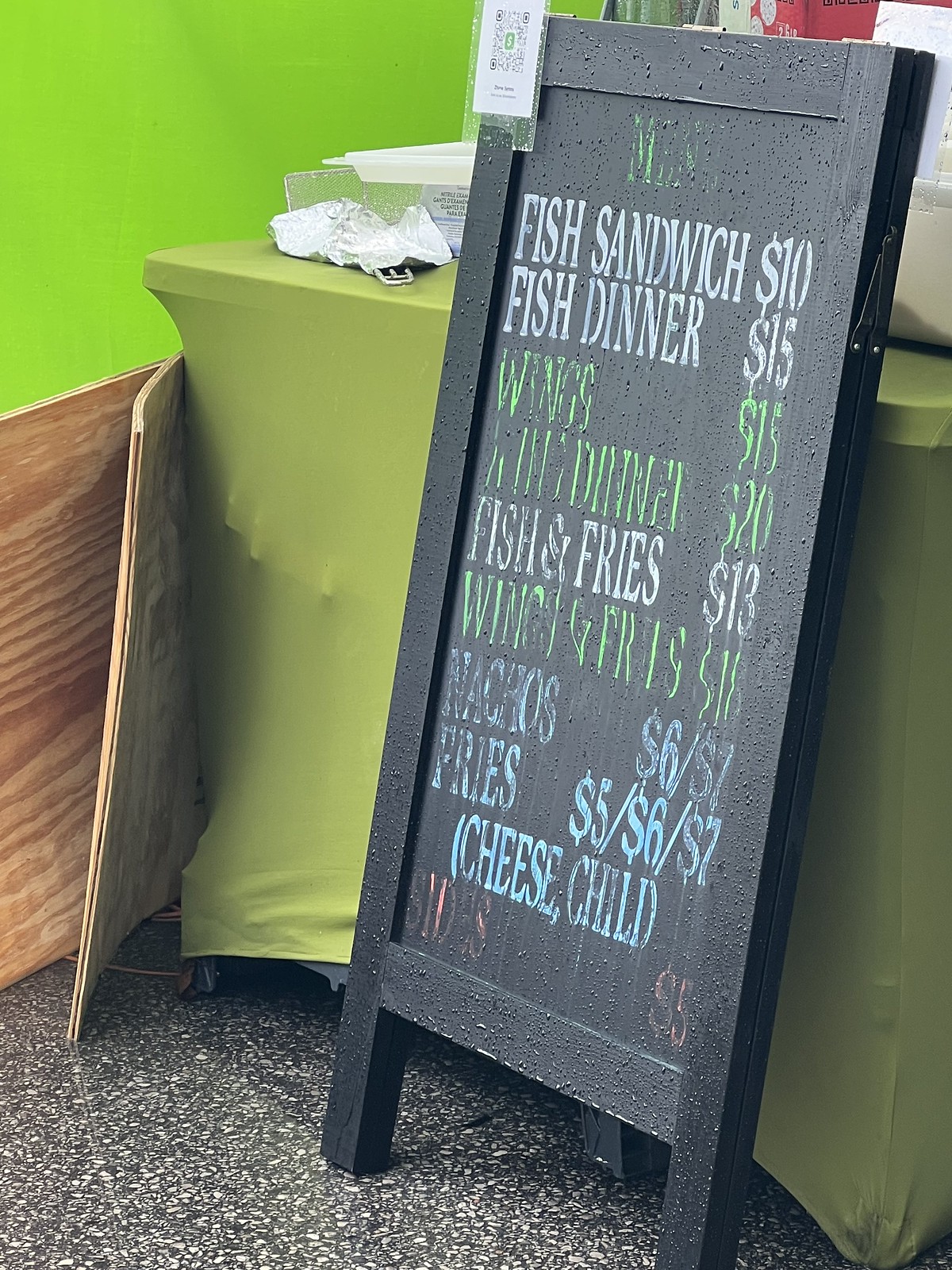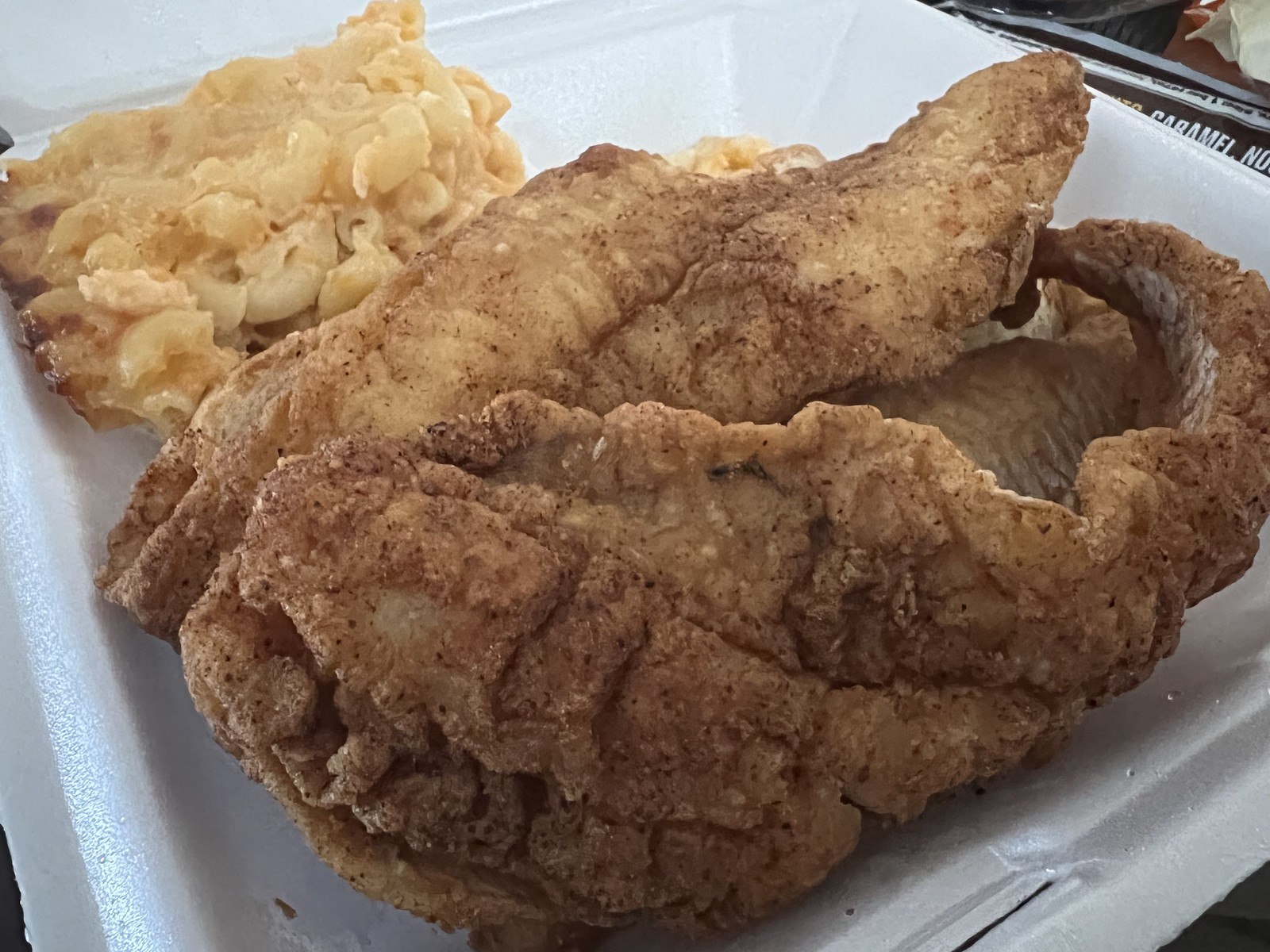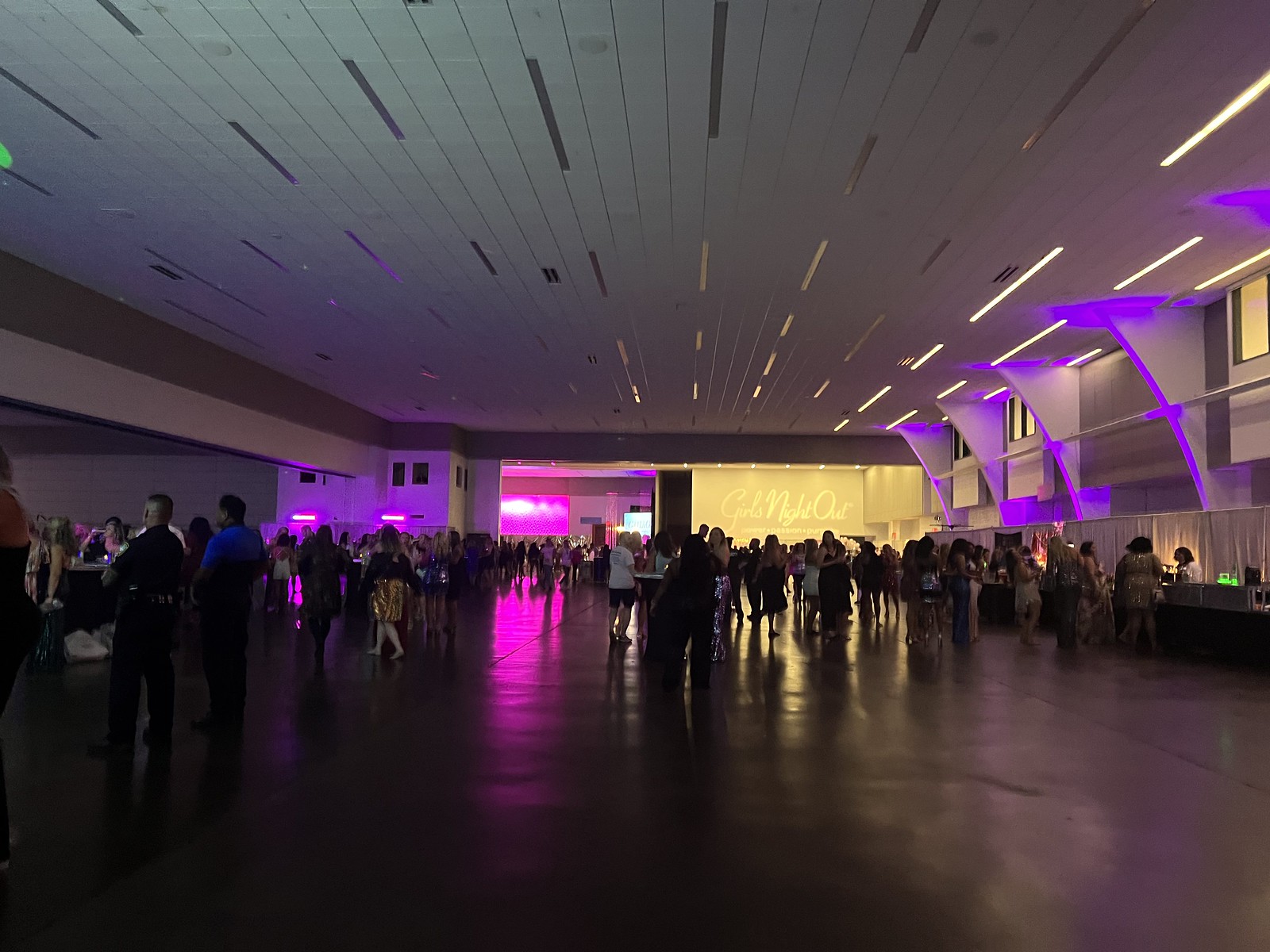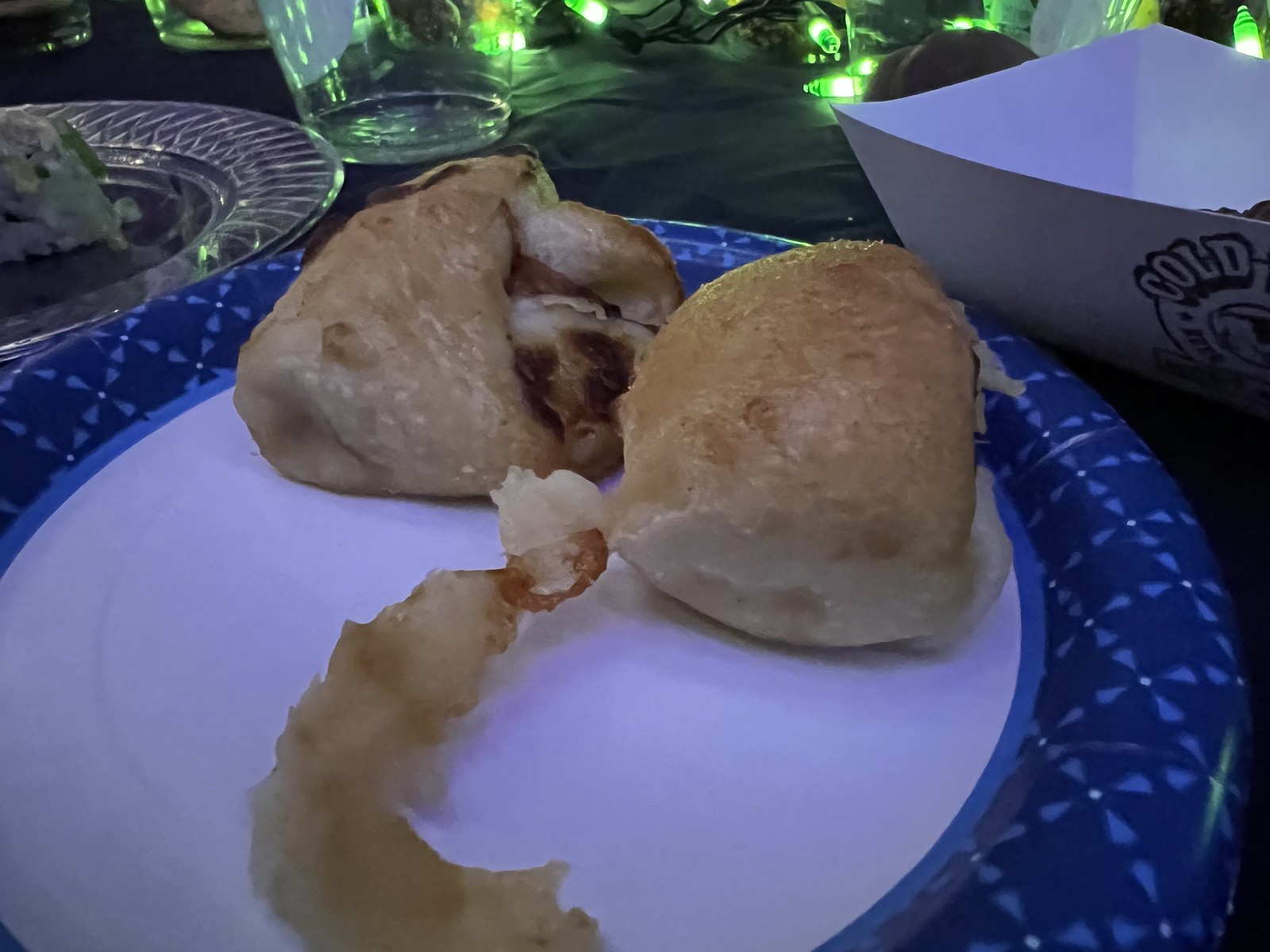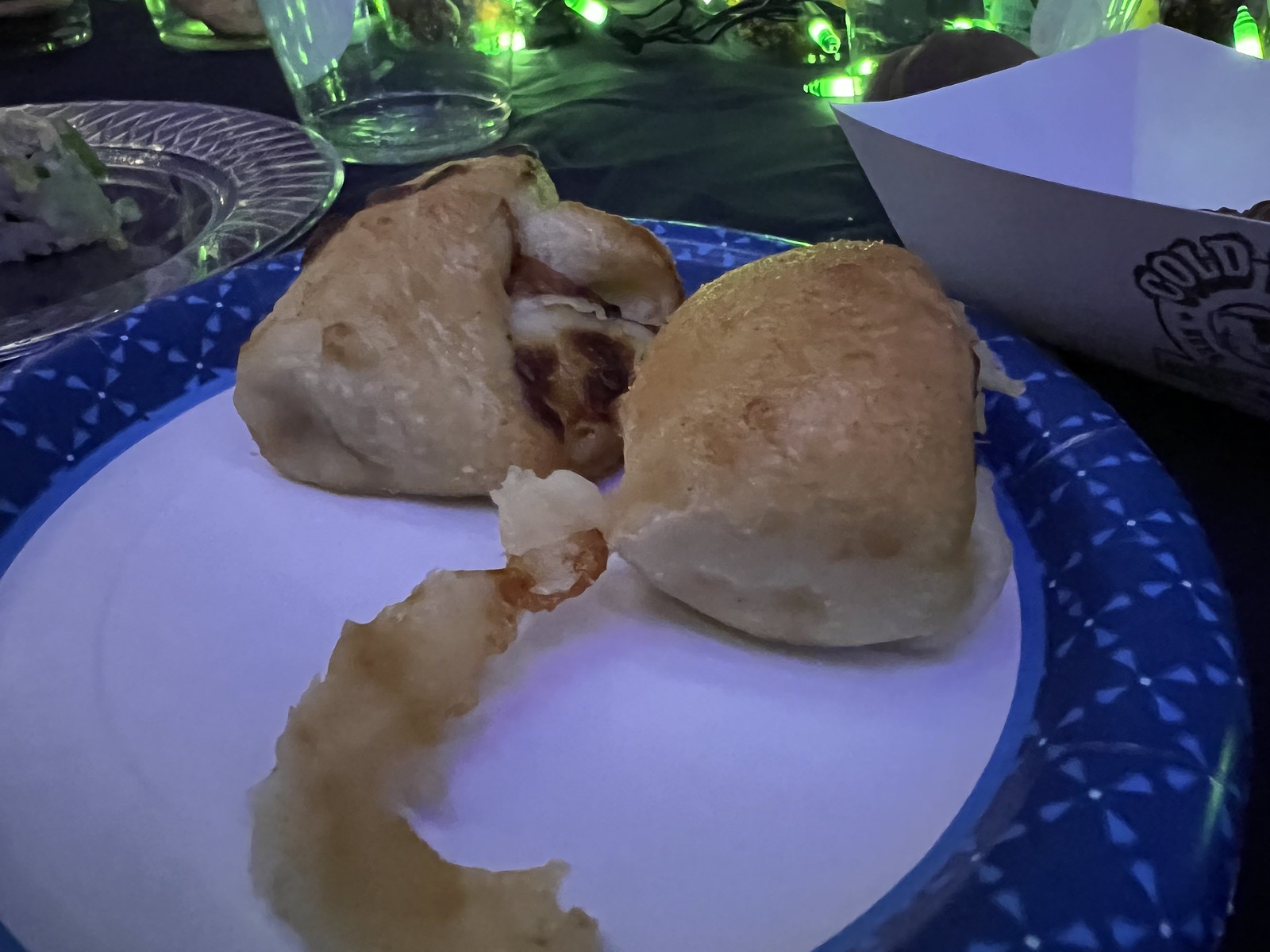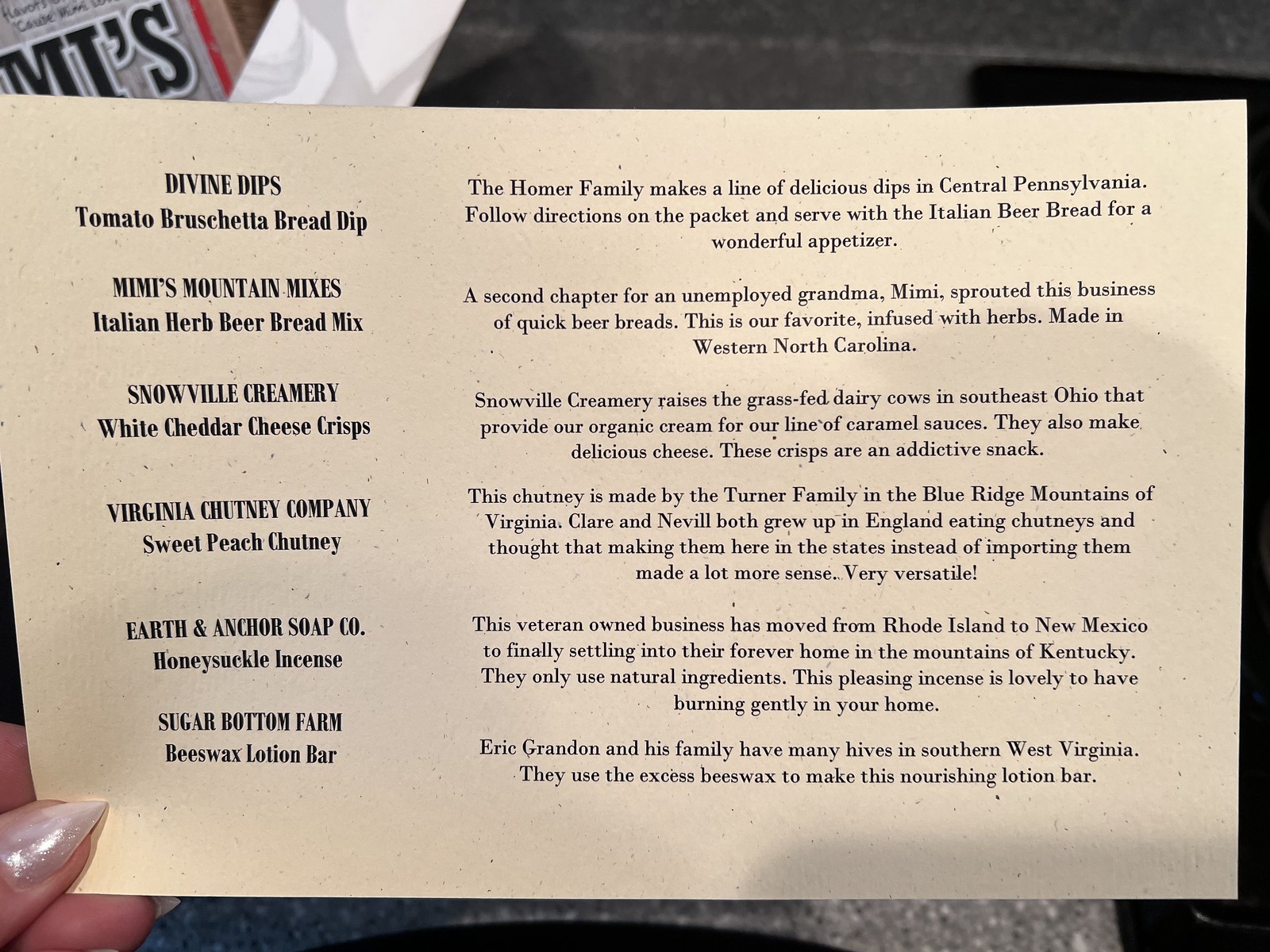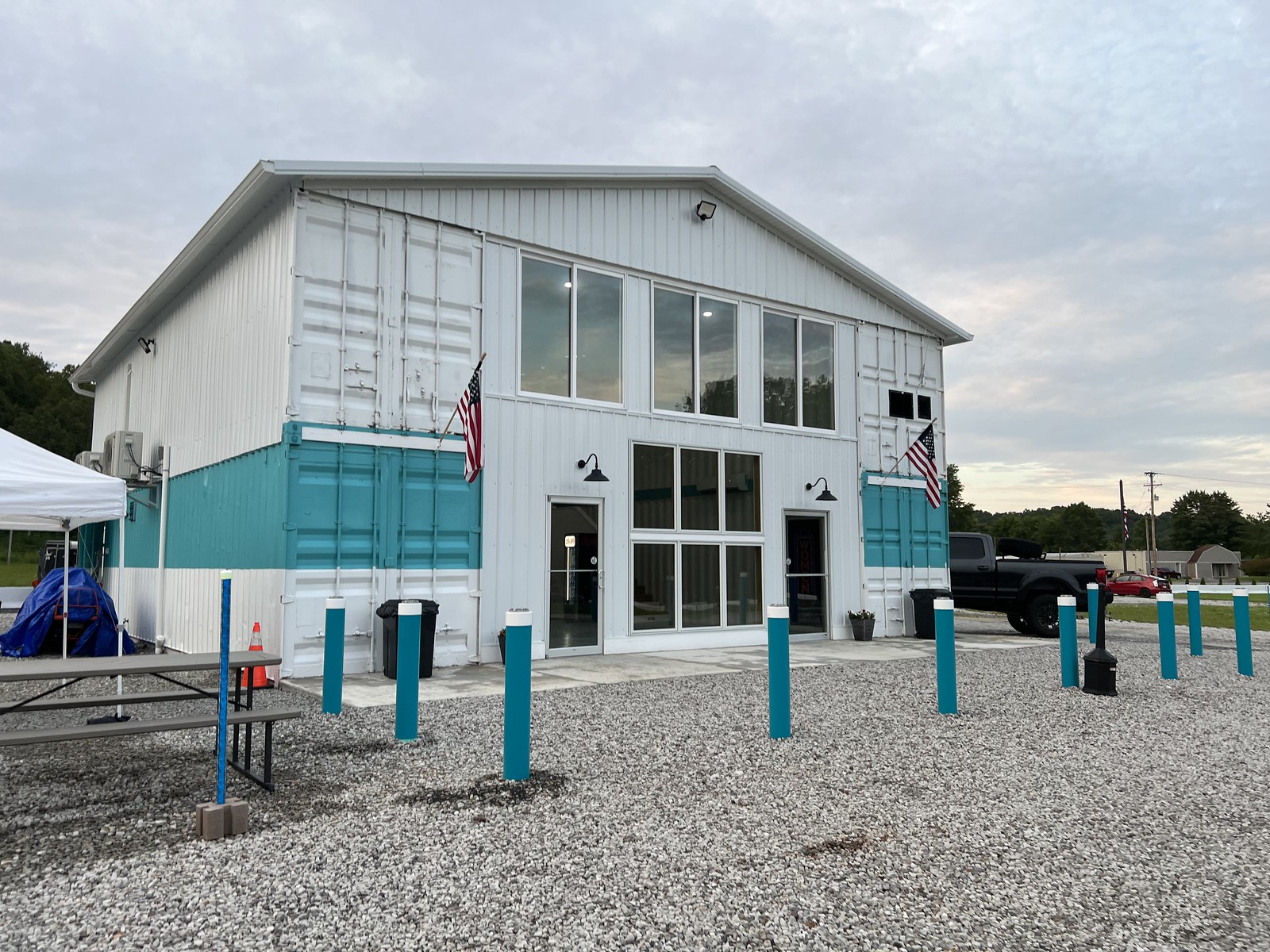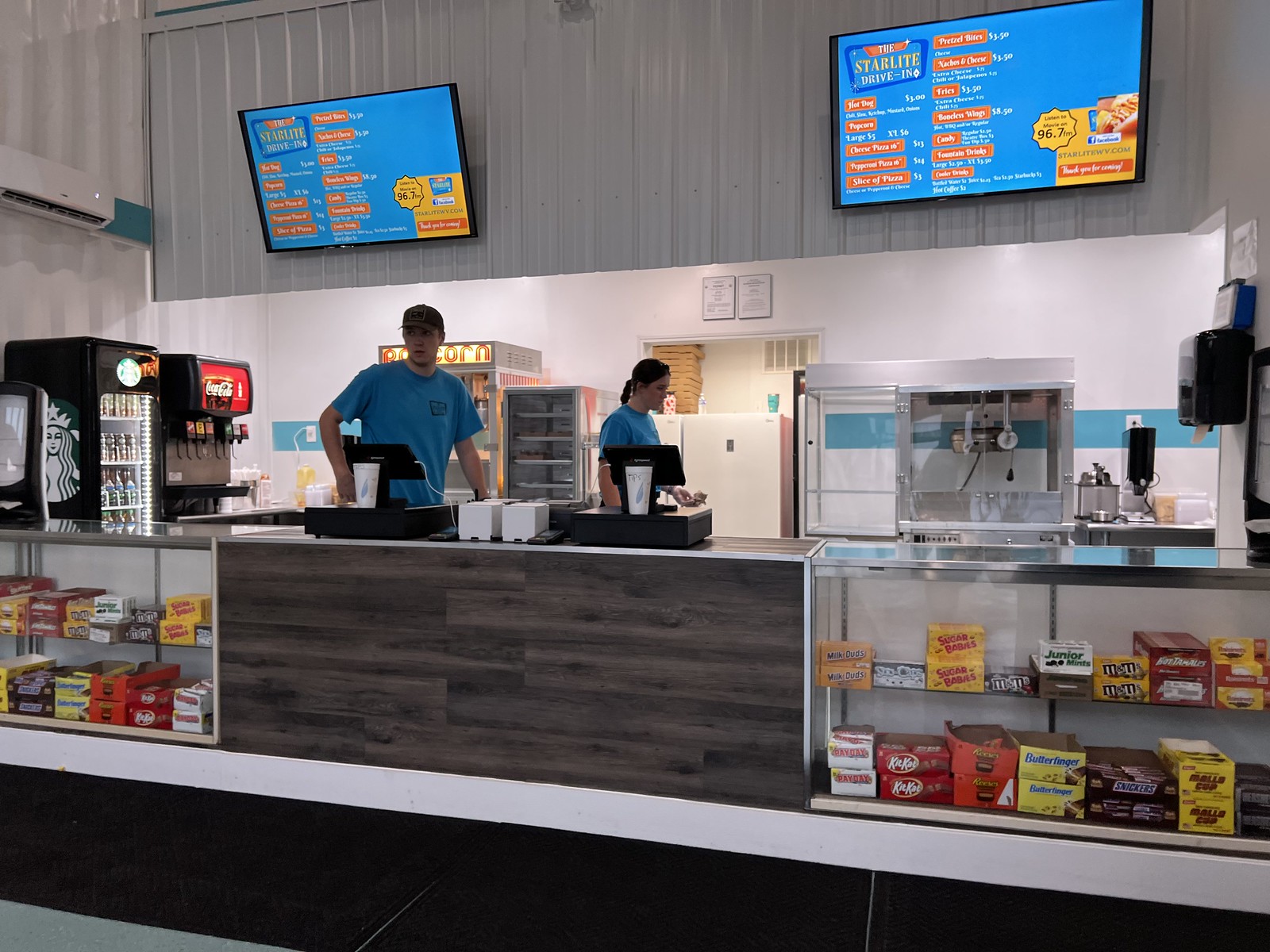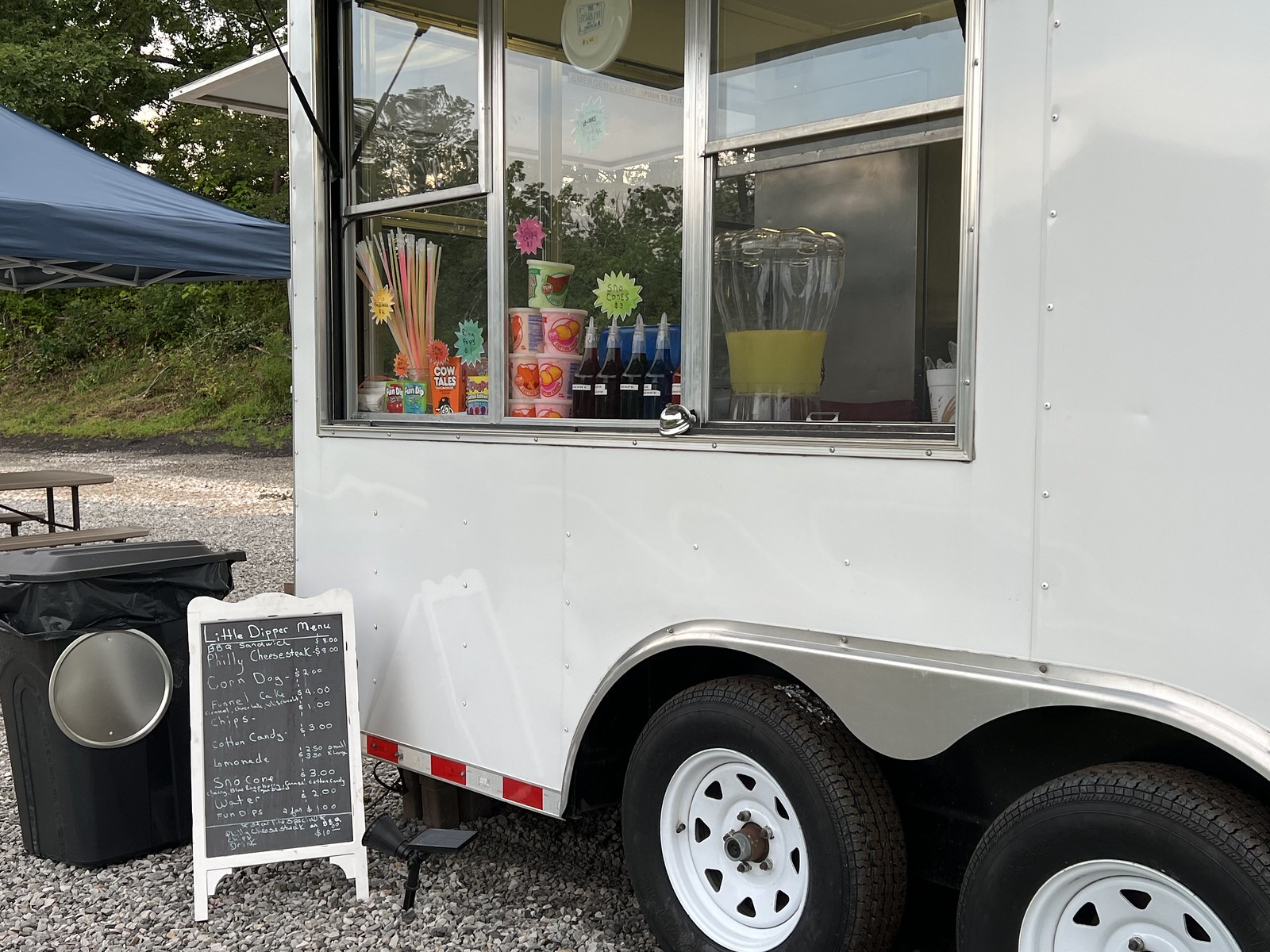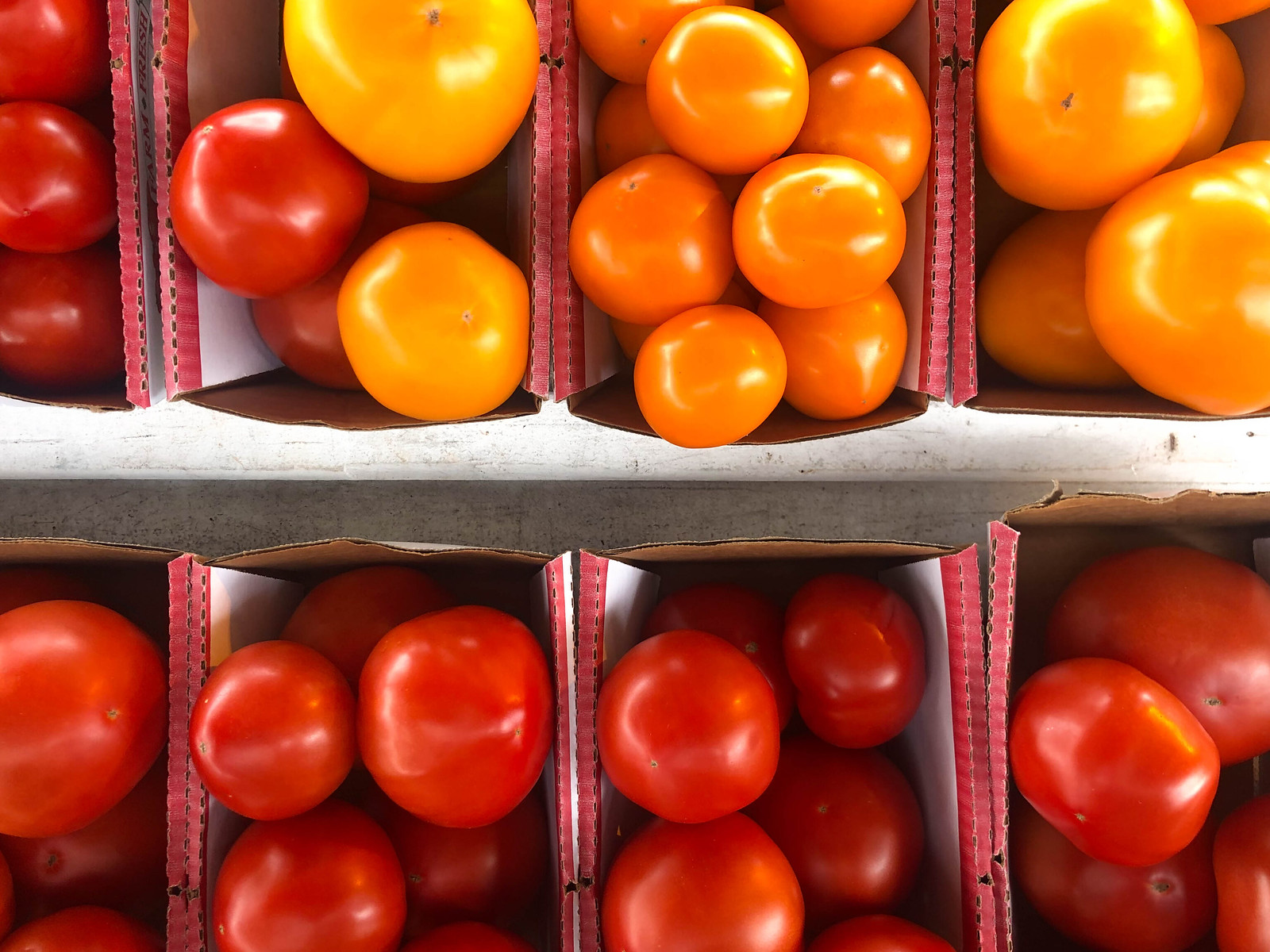
My latest column for the Charleston Gazette-Mail has been published!
Nothing says southern summer like a big, red, juicy tomato sliced, salted generously, and stacked between two slices of bread slathered with mayo.
The accouterments may vary: Duke’s Mayo or Miracle Whip. White, squidgy bread or toasted sourdough. Bacon or lettuce if you want to wade into BLT territory. The tomato itself, though, must be an heirloom.
Heirloom means the seeds have been passed down from season to season - many through generations. Farmers save the seeds from the best plants, which allows them to select for favorable traits like flavor.
Grocery store tomatoes have been grown to look pretty, transport well and have a long shelf life. And that means that characteristics like flavor are an afterthought, and we’re left with mealy, mushy, bland tomatoes that bear no resemblance to a homegrown one.
Heirloom tomatoes, on the other hand, may be large and lopsided, misshapen and discolored. But the flavor is unmatched.
If you’ve never visited a local farmers market and enjoyed the imperfect perfection of a Purple Cherokee, Mr. Stripey, Yellow Beefsteak or Pink Brandywine, stop what you’re doing right now, go straight to the market, do not pass go, do not collect $200.
West Virginia is home to a few of its own varieties, including the West Virginia 63 Centennial Tomato, Mountaineer Pride Tomato, Mountaineer Delight Tomato, Mason Marvel Ph.D Tomato and Mortgage Lifter Tomato.
West Virginia ‘63 Tomato
West Virginia University Professor of Plant Pathology Mannon Gallegly created the West Virginia 63 tomato, which was one of the first tomatoes bred for late blight resistance, after 13 years of research. It was released for the state’s 100th birthday in 1963.
The mildly sweet, bright red tomato was used 50 years later in two new varieties in honor of the WVU Davis College of Agriculture, Natural Resources and Design’s 150th birthday. Gallegly and Mahfuz Rahman, an assistant professor and WVU Extension specialist in plant pathology, developed the West Virginia '17A (Mountaineer Pride) and West Virginia '17B (Mountaineer Delight).
The Pride is a firm tomato that is well suited for shipping. The Delight is sweeter than both the Pride and original ‘63 tomato and is similar to a beefsteak tomato.
A fourth tomato, the Mason Marvel Ph.D Tomato, also came out of the ‘63 Tomato breeding project. This tomato was created from crossing heirlooms but was too large and tender for what researchers had in mind. So, Dr. Mason Marvel, who was working on the project, selected it on his own and bred the large, pink beefsteak to perfection.
Mortgage Lifter
There are two “Mortgage Lifter” tomatoes that trace their roots back to West Virginia.
“Radiator Charlie” mortgage lifter tomatoes were created by M.C. Byles in Logan in the 1930s and can be found in many seed catalogs. Byles earned the “Radiator Charlie” nickname from his radiator-repair business, and he cross-bred four large tomatoes to develop his variety: German Johnson, Beefsteak, an Italian variety, and an English variety, according to Southern Exposure Seed Exchange.
“After Charlie developed and named this large tasty tomato he sold plants for $1 each (in the 1940s) and paid off the $6000 mortgage on his house in 6 years … These large, slightly flattened, pink-red tomatoes are meaty and flavorful with few seeds,” the website reads.
“Estler Mortgage Lifters” were developed in the 1920s in Barboursville and are far less common in catalogs. These were created by William Estler and developed nearly a decade earlier.
The name, the family contends, comes from an off-hand remark from an employee. Estler liked it so much, though, he had it copyrighted in 1932.
They are two are different plants, bred from different parent tomatoes, and the name became popular for a number of Depression-era cultivars in the mid-Atlantic.
No matter which heirloom tomato variety you choose, it is sure to help make the best sandwich of the summer.



